This drawing shows the water cycle.
Click on image for full size
Windows Original
Carbonates
Carbonate is a name for rocks and minerals which contain a certain form of carbon/oxygen compound known as CO32-. (CO32- is also known as the molecule carbonate).
Limestone is an example of a calcium carbonate, CaCO3, which means a combination of calcium (Ca2+) and carbonate (CO32-). Other examples of carbonates include calcite, dolomite, and marble.
Limestone is a fine-grained calcium carbonate and dissolves easily in rainwater, especially rainwater which is loaded with carbon dioxide in the form of carbonic acid. The more carbon dioxide in the rain, the more easiy limestone and marble dissolve.
As a result of human activity such as the burning of fossil fuels which inject more carbon dioxide into the air, limestone more readily dissolves. This process also helps to remove carbon dioxide from the atmosphere. Another way of looking at that same process is that a way to remove excess carbon dioxide from the atmosphere is by the dissolution of carbonates such as limestone and marble. The removal of carbon from the atmosphere and recycling in the ocean is part of the carbon cycle.
You might also be interested in:
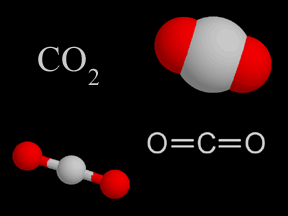
Carbon dioxide is a colorless and non-flammable gas at normal temperature and pressure. Although much less abundant than nitrogen and oxygen in Earth's atmosphere, carbon dioxide is an important constituent
...more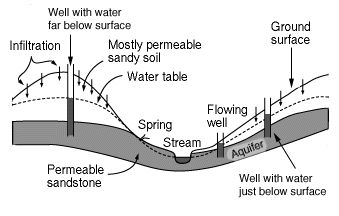
An aquifer is the name for a layer of rock which is capable of holding a large amount of water. Some layers are better at holding water than others, for example a layer of sandstone can hold a good deal
...more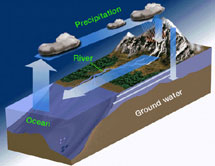
Carbonate is a name for rocks and minerals which contain a certain form of carbon/oxygen compound known as CO32-. (CO32- is also known as the molecule carbonate). Limestone is an example of a calcium carbonate,
...more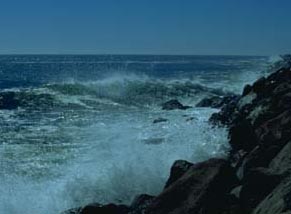
One process which transfers water from the ground back to the atmosphere is evaporation. Evaporation is when water passes from a liquid phase to a gas phase. Rates of evaporation of water depend on factors
...more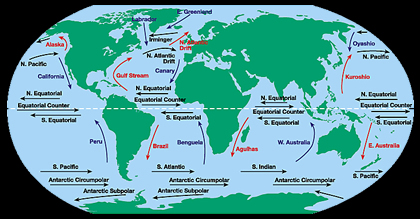
The water at the ocean surface is moved primarily by winds. Large scale winds move in specific directions because they are affected by Earth’s spin and the Coriolis Effect. Because Earth spins constantly,
...more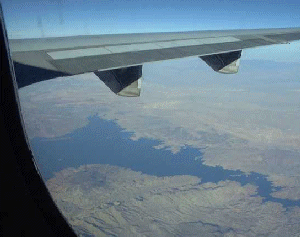
Rivers are very important to Earth because they are major forces that shape the landscape. Also, they provide transportation and water for drinking, washing and farming. Rivers can flow on land or underground
...more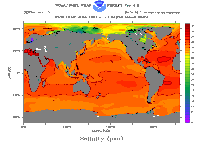
About 70% of the Earth is covered with water, and we find 97% of that water in the oceans. Everyone who has taken in a mouthful of ocean water while swimming knows that the ocean is really salty. All water
...more














